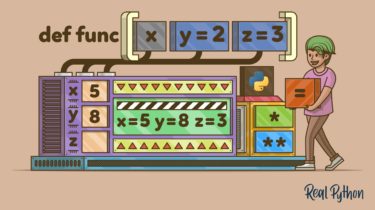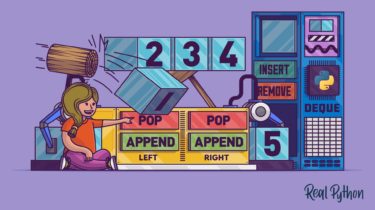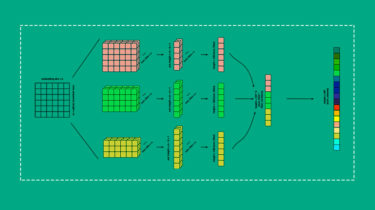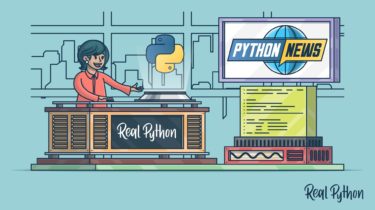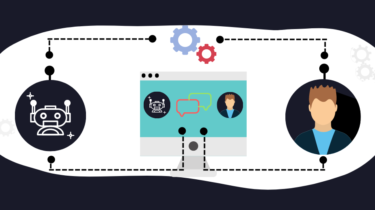Splitting Datasets With scikit-learn and train_test_split()
One of the key aspects of supervised machine learning is model evaluation and validation. When you evaluate the predictive performance of your model, it’s essential that the process be unbiased. Using train_test_split() from the data science library scikit-learn, you can split your dataset into subsets that minimize the potential for bias in your evaluation and validation process. In this course, you’ll learn: Why you need to split your dataset in supervised machine learning Which subsets of the dataset you need […]
Read more